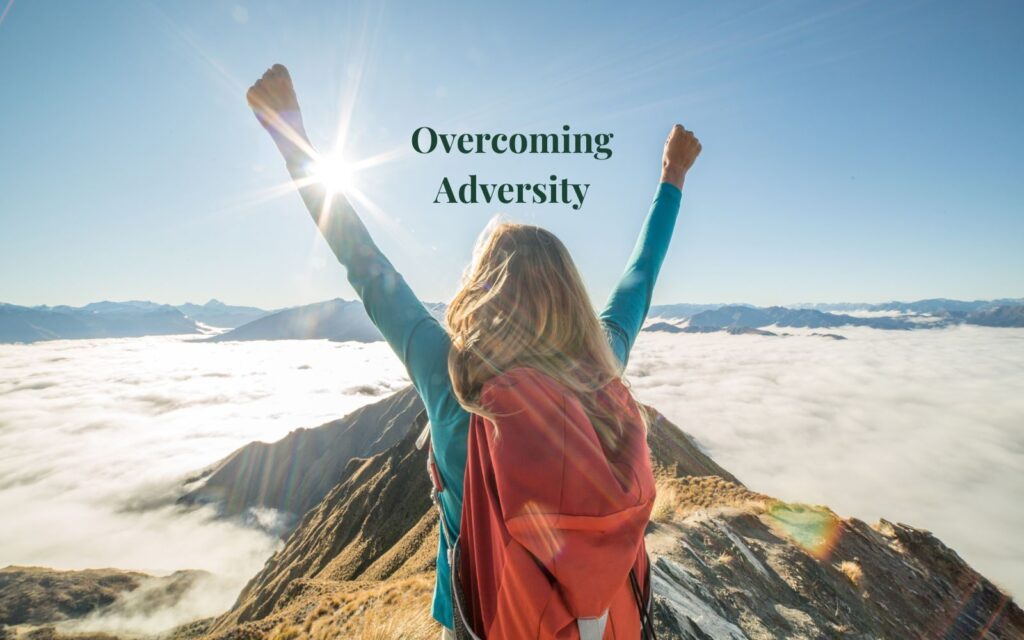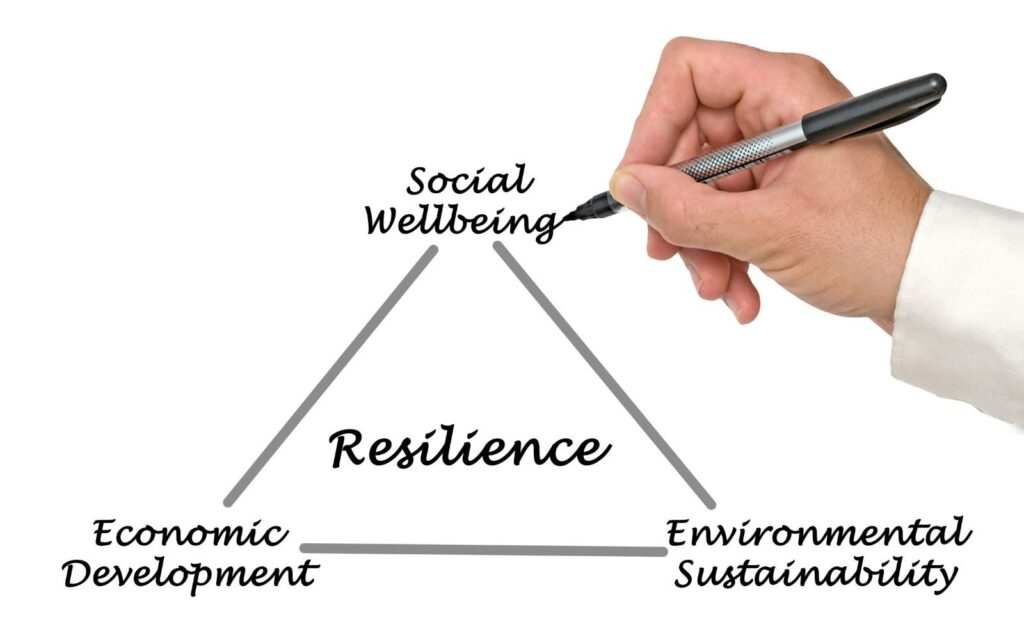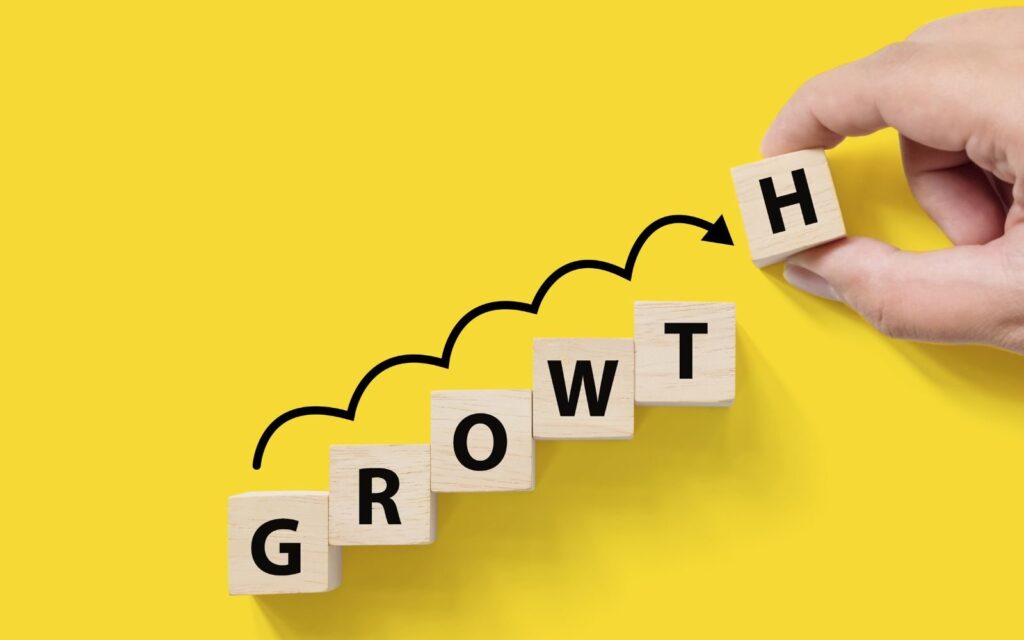Building Emotional Resilience for Overcoming Adversity: Your Ultimate Guide to Thriving in Life’s Storms

Life has a way of testing us when we least expect it. According to the American Psychological Association, 75% of adults report experiencing at least one traumatic event in their lifetime, yet only a fraction develop the emotional resilience needed to bounce back stronger.
Whether you’re facing career setbacks, relationship challenges, or unexpected life changes, developing emotional resilience for overcoming adversity isn’t just helpful-it’s essential for maintaining your mental well-being and work-life balance.
As someone who has navigated personal crises and worked with countless individuals through difficult transitions, I’ve witnessed firsthand how resilience can transform overwhelming challenges into opportunities for growth.
In this guide, you’ll discover evidence-based strategies to build your emotional fortress, practical tools for managing stress sustainably, and how to create an eco-friendly support system that nurtures both your mental health and your values.
Key Takeaway
Emotional resilience for overcoming adversity is a learnable skill that combines self-awareness, adaptive thinking, strong relationships, and sustainable coping strategies—all of which can be developed through consistent practice and mindful lifestyle choices.
What Is Emotional Resilience and Why Does It Matter?

Emotional resilience represents your ability to adapt and recover from stress, trauma, and life’s inevitable challenges. Think of it as your psychological immune system-the stronger it is, the better equipped you are to handle whatever life throws your way.
Research from Harvard Medical School shows that resilient individuals don’t experience fewer problems; they simply respond to difficulties more effectively. They maintain emotional balance, learn from setbacks, and emerge from adversity with renewed strength and wisdom.
The Science Behind Resilience
Neuroscience reveals that resilience literally rewires your brain. When you practice resilience-building activities, you strengthen neural pathways associated with emotional regulation and stress management. This neuroplasticity means that building emotional resilience for overcoming adversity is possible at any age.
Studies published in the Journal of Positive Psychology demonstrate that resilient people share common characteristics: optimism, emotional awareness, strong social connections, and the ability to find meaning in difficult experiences.
Building Your Resilience Foundation

Develop Self-Awareness Through Mindful Practices
Self-awareness forms the cornerstone of emotional resilience. Start by creating a daily check-in routine that takes just five minutes. Ask yourself: “What am I feeling right now?” and “What triggered this emotion?”
Consider adopting eco-friendly mindfulness practices like nature meditation or forest bathing. Research from Stanford University shows that spending time in natural environments reduces cortisol levels and improves emotional regulation by up to 50%.
Cultivate Adaptive Thinking Patterns
Resilient thinking involves reframing challenges as opportunities for growth rather than insurmountable obstacles. When facing adversity, practice the “3 P’s” framework developed by psychologist Martin Seligman: Is this setback Permanent, Pervasive, or Personal?
Challenge negative thought patterns by asking: “What evidence supports this thought?” and “How might I view this situation differently in five years?” This cognitive flexibility is crucial for emotional resilience for overcoming adversity.
Sustainable Strategies for Long-Term Resilience

Create an Eco-Conscious Support Network
Building resilience doesn’t happen in isolation. Cultivate relationships with people who share your values, including those committed to sustainable living and environmental consciousness. These connections provide both emotional support and alignment with your life philosophy.
Join local environmental groups, participate in community gardens, or engage in volunteer activities that benefit both your well-being and the planet. Research shows that helping others activates the brain’s reward system and builds resilience.
Implement Stress-Reduction Techniques
Develop a toolkit of healthy coping mechanisms that align with sustainable living principles. This might include yoga using eco-friendly mats, meditation in natural settings, or creative activities using recycled materials.
Practice the “STOP” technique during stressful moments: Stop what you’re doing, Take a breath, Observe your thoughts and feelings, and Proceed with intention. This simple method helps maintain emotional balance while supporting mindful consumption habits.
Maintain Work-Life Balance Through Boundary Setting
Emotional resilience requires protecting your energy through clear boundaries. Establish “eco-breaks” throughout your day-short periods where you step outside, practice breathing exercises, or simply disconnect from technology.
Create a sustainable evening routine that supports both your mental health and environmental values. This might include journaling with recycled paper, reading by natural light, or preparing tomorrow’s outfit from your existing wardrobe.
Turning Adversity Into Growth

Find Meaning in Challenges
Viktor Frankl’s research on meaning-making shows that people who can find purpose in their suffering develop stronger resilience. When facing difficulties, ask yourself: “What can this experience teach me?” and “How might overcoming this challenge help others?”
Consider how your personal growth journey might inspire more sustainable lifestyle choices or environmental awareness. Many people find that adversity clarifies their values and leads to more intentional living.
Practice Post-Traumatic Growth
Rather than simply bouncing back to your previous state, aim for post-traumatic growth-emerging stronger than before. This involves developing new perspectives, deeper relationships, and a greater appreciation for life’s simple pleasures.
Document your growth journey through eco-friendly practices like digital journaling or photography, creating a record of how challenges have shaped your resilience and environmental consciousness.
Practical Takeaways
- Start small: Implement one resilience-building activity daily, such as a five-minute nature walk or gratitude practice
- Build your support network: Connect with at least one person weekly who shares your values and can provide emotional support
- Practice mindful reframing: When facing challenges, ask “What opportunity might this create?” instead of “Why is this happening to me?”
- Create sustainable coping rituals: Develop stress-management techniques that align with your environmental values
- Track your progress: Keep a simple resilience journal to notice patterns and celebrate growth
Conclusion
Building emotional resilience for overcoming adversity is both a personal journey and a gift to your community and environment. By developing these skills mindfully and sustainably, you create positive ripple effects that extend far beyond your own well-being.
Remember, resilience isn’t about avoiding difficulties-it’s about dancing with them gracefully. Every challenge you overcome with emotional resilience strengthens not only your own capacity for growth but also your ability to support others and contribute to a more sustainable world.
Start today with one small step toward building your emotional resilience. Your future self-and the planet-thank you.
FAQs About Emotional Resilience for Overcoming Adversity
What is emotional resilience for overcoming adversity?
Emotional resilience for overcoming adversity is the ability to adapt, recover, and grow stronger when facing life’s challenges. It involves developing coping skills, maintaining emotional balance, and finding meaning in difficult experiences while building psychological strength for future obstacles.
How long does it take to build emotional resilience for overcoming adversity?
Building emotional resilience for overcoming adversity is an ongoing process that varies by individual. Most people notice improvements in their stress response within 6-8 weeks of consistent practice, but developing deep resilience can take several months to years depending on your starting point and commitment level.
Can emotional resilience for overcoming adversity be learned at any age?
Yes, emotional resilience for overcoming adversity can absolutely be developed at any age thanks to neuroplasticity—your brain’s ability to form new neural connections throughout life. Research shows that older adults often demonstrate greater resilience due to accumulated life experience and wisdom.
What are the best daily practices for emotional resilience for overcoming adversity?
The most effective daily practices for emotional resilience for overcoming adversity include mindfulness meditation, regular physical activity, journaling, maintaining social connections, and practicing gratitude. Even five minutes daily of any of these activities can significantly improve your resilience over time.
How does emotional resilience for overcoming adversity relate to mental health?
Emotional resilience for overcoming adversity serves as a protective factor for mental health, reducing the risk of depression, anxiety, and PTSD following traumatic events. While resilience doesn’t prevent mental health challenges, it provides tools for faster recovery and helps maintain overall psychological well-being during difficult times.
Share your resilience journey: What strategies have helped you build emotional resilience? Leave a comment below and inspire others on their path to growth.
Related reading: Explore our articles on “Sustainable Self-Care Practices” and “Building Community Connections for Mental Health.”
Spread the wisdom: Found this helpful? Share this post with someone who might benefit from building stronger emotional resilience.





